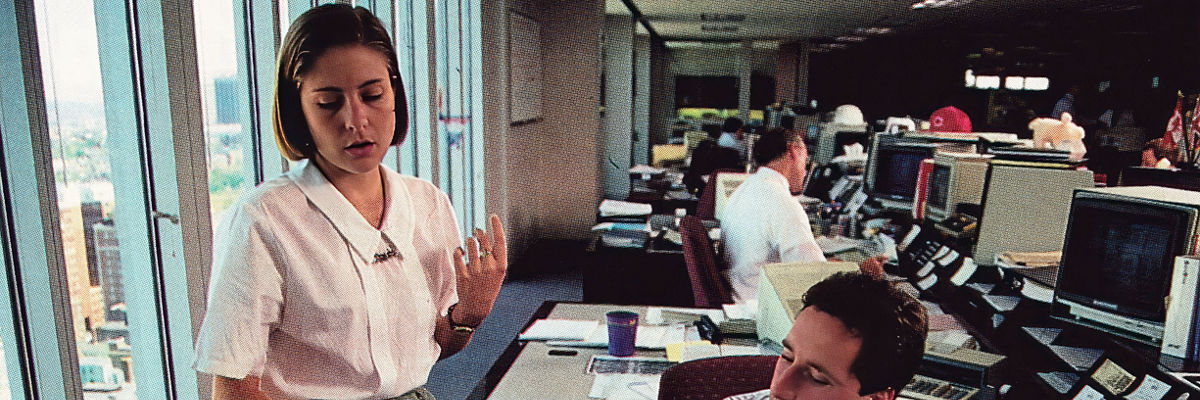
Performance Over Profit: Closing a Strategy to Put Clients First
MFS’ voluntary decision to close the Global Equity strategy demonstrated that the firm consistently makes everyday decisions that are in clients’ best interests and does not put increasing its own assets ahead of delivering long-term value.
Typically, the last thing a business does when their product is doing well in the marketplace is stop selling it. But that’s exactly what MFS® did in 2006 when it closed the Global Equity strategy to new accounts. It was a move that limited MFS’ profits but aimed to protect long-term performance and manage risk for clients.
MFS’ practice of capacity management is a crucial part of the firm’s client-first philosophy and not something that the firm takes lightly. When funds grow too large, it can impact the ability for the portfolio manager to apply their best ideas in addition to preserving the fund's liquidity and investment style. This is why MFS chooses to limit inflows to protect existing clients, as the firm did when closing the Global Equity strategy.
The Global Equity strategy started in 1986 as a US mutual fund and took off in the late 1990s and early 2000s. Investors wanted to explore equities outside the US, and the firm wanted to further develop the institutional side of its business to better serve those clients. These two driving forces led to the strategy’s growth, and as the investment industry scrambled to recover from the dotcom crash in the early 2000s, MFS’s Global Equity strategy “got a lot of interest from investors,” said MFS Investment Product Senior Strategist Richard Chiu.
As the strategy continued to grow, the firm kept a watchful eye on it, regularly assessing whether it could continue to create long-term value for clients. Where other firms might have welcomed the increased revenue that came with such accelerated growth — especially in the wake of the dotcom crash — MFS determined that keeping the strategy open to new inflows would negatively impact existing clients.

Capacity management is never about one single decision. Rather, it results from an ongoing dialogue through which MFS monitors capacity for all strategies on a regular basis as part of its thoughtful risk management process.

The firm announced strategy capacity limits well in advance of implementation, allowing ample time to meet with clients to explain its thinking and answer any questions beforehand, such as why the strategy was closing, how the close would impact them and what it meant for other strategies. Educating clients about the decision helped them clearly understand MFS’ reasoning and that the choice was about them and protecting their assets. “We think about the long term: not only assets this year but the assets over time,” said MFS Senior Vice President, Global Product, David Connelly.
Initially, the firm did a “soft close,” which meant the strategy would be closed to new accounts, but existing clients could still add money. In 2013, MFS made the difficult choice to allow no new money to come in.
This was the first time in MFS history that the firm closed a major institutional strategy. But doing so, as current MFS President Carol Geremia noted, showed that “MFS was serious” when it said it had a client-first mentality.
Over the next few years and through the global financial crisis, MFS continued to monitor the strategy’s capacity on a daily basis through its ongoing conservative risk-review process that dates back to MFS’ founding in 1924. Through 2017 and 2018, MFS began reopening the Global Equity strategy on a limited basis. In early 2019, 13 years after MFS made the initial decision to close the strategy, the firm reopened it to all investors.
Capacity management is never about one single decision. Rather, it results from an ongoing dialogue through which MFS monitors capacity for all strategies on a regular basis as part of its thoughtful risk management process. “We view capacity management as an important risk management tool,” said MFS Chief Investment Risk Officer Joe Flaherty. “We close strategies in an attempt to preserve returns for investors.”
Please note: Not all of the funds included in this material may be available for sale in your country.